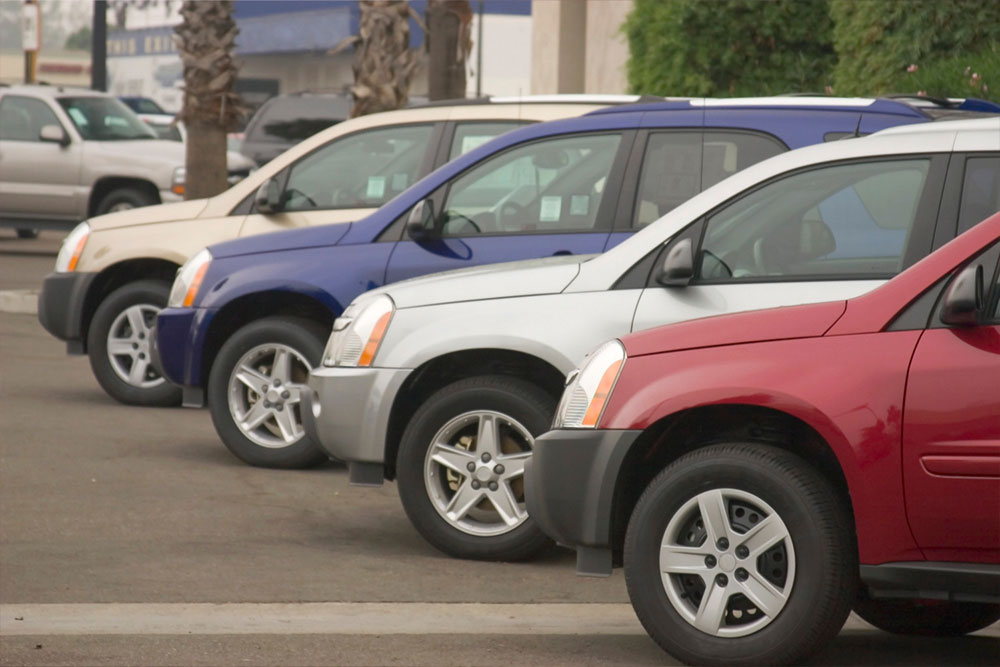7 Tips to Buy a Used Car Without a Down Payment
Owning a vehicle allows one to move around without depending on public transportation, helping save time and energy. But buying a car is a major financial decision that requires a lot of forethought. Individuals must plan for several expenses before heading to a dealership, such as the down payment, insurance, monthly interest payments, maintenance, fuel, parking, and more. To lower these costs, many people opt for used cars without a down payment.
Buying a used car without a down payment
Sellers generally expect a 20-30% down payment before transferring the car’s ownership to the customer because it reduces their financial risk during the trade.

1. Maximise the trade-in value
People who have an old vehicle can trade it in when buying another one. The money from the trade-in can serve as a down payment on any used car they purchase later. But before proceeding with the trade-in, it is important to take a few steps to increase the car’s market value.
Another thing to do is get a third-party evaluation for the vehicle. Doing so can help one understand its fair market value and negotiate better. Lastly, one should remember that individual buyers are more likely to offer a better rate than dealerships. That’s why one should consider selling the car privately. The earned money can be used as a down payment on the next car.
2. Increase the credit score
Lenders are more likely to offer favorable loan terms to those with a higher credit score (generally 680 or above). So, to get the best terms, it may be helpful to increase the credit score. To achieve that goal, one can start with a few simple steps.
- Review the credit reports and file complaints for any discrepancies.
- Ensure all bill and EMI payments are made on time to appear more trustworthy to lenders.
- Keep credit utilization well under 30% at all times and limit requests for new lines of credit.
- Opt for debt consolidation.
- Actively monitor the credit score to check its progress.
After receiving a loan, one can use it to cover the down payment on a second-hand car or pay for the vehicle in full.
3. Get a co-signer
If someone has a low credit score but wants to get a loan and expedite their used car purchase, they can enlist a close friend or family member as a co-signer. Essentially, this arrangement holds both parties liable for the repayment of loan dues. Should the owner default on loan payments, the co-signer will be held responsible for making them. While this may sound like a great arrangement, one must remain cognisant of its disadvantages. Firstly, in the case of non-payment of dues, the credit score of both the signers will take a hit. Secondly, a financial transaction like this may strain one’s interpersonal relationship, so it’s best to tread cautiously.
4. Increase monthly payments
When speaking to lenders, one should remember there is always room for negotiation. Customers can devise a payment plan that works well in their unique situation. For instance, a person could ask the seller if they could avoid the down payment by promising to pay a higher monthly principal and interest. Alternatively, one could opt for a plan with a longer-term repayment period. That said, with these financing options, customers would end up paying more for the vehicle in the end, which must be considered. Being fluent in Spanish will help buyers build a better connection with the country’s lenders and dealers, which may greatly help during the negotiation process.
5. Check with multiple lenders
Customers should never rush to choose the first lender willing to offer a loan. Since every lender has different financing options for purchasing a used car, one should get quotes from all and compare them. Additionally, one should watch out for loans, leases, and lending offers from dealerships, as they may help avoid a down payment and lower the overall cost of the used vehicle.
6. Use a credit card
A few dealerships also accept credit cards. If one cannot collect the amount for a down payment, this may be a great option to increase the chances of loan approval. But credit cards tend to be associated with higher fees, so this may not be the most cost-effective option.
7. Opt for a cheaper vehicle
If nothing else seems to work, one can consider buying a cheaper used vehicle with fewer features or an older model. Doing so will help reduce the overall fiscal risk, prompting more lenders to offer a loan without a down payment.
Instead of using these financing options, some may find it better to wait and buy a used car after collecting the amount needed to finance their down payment. This will help buyers get the best rate of interest and improve savings significantly in the long run.

